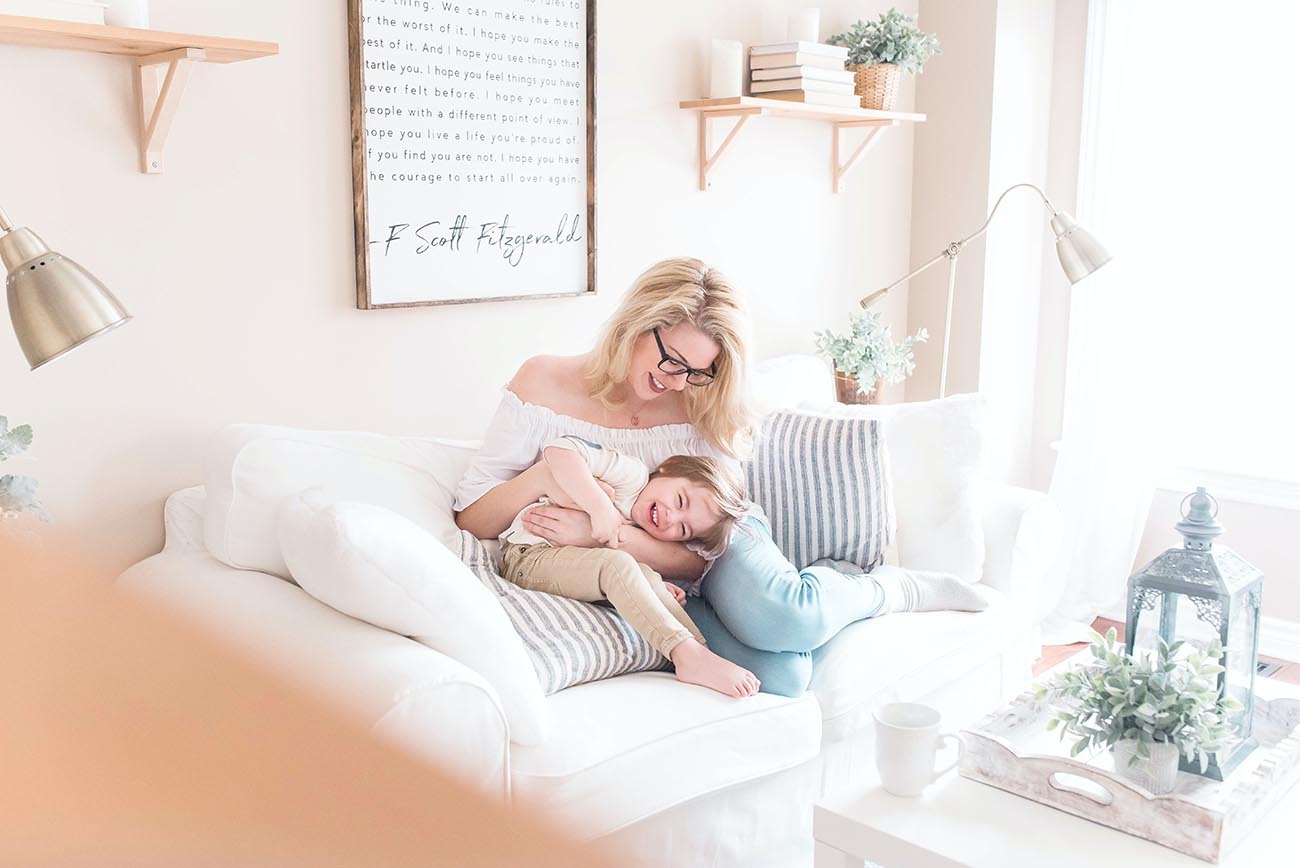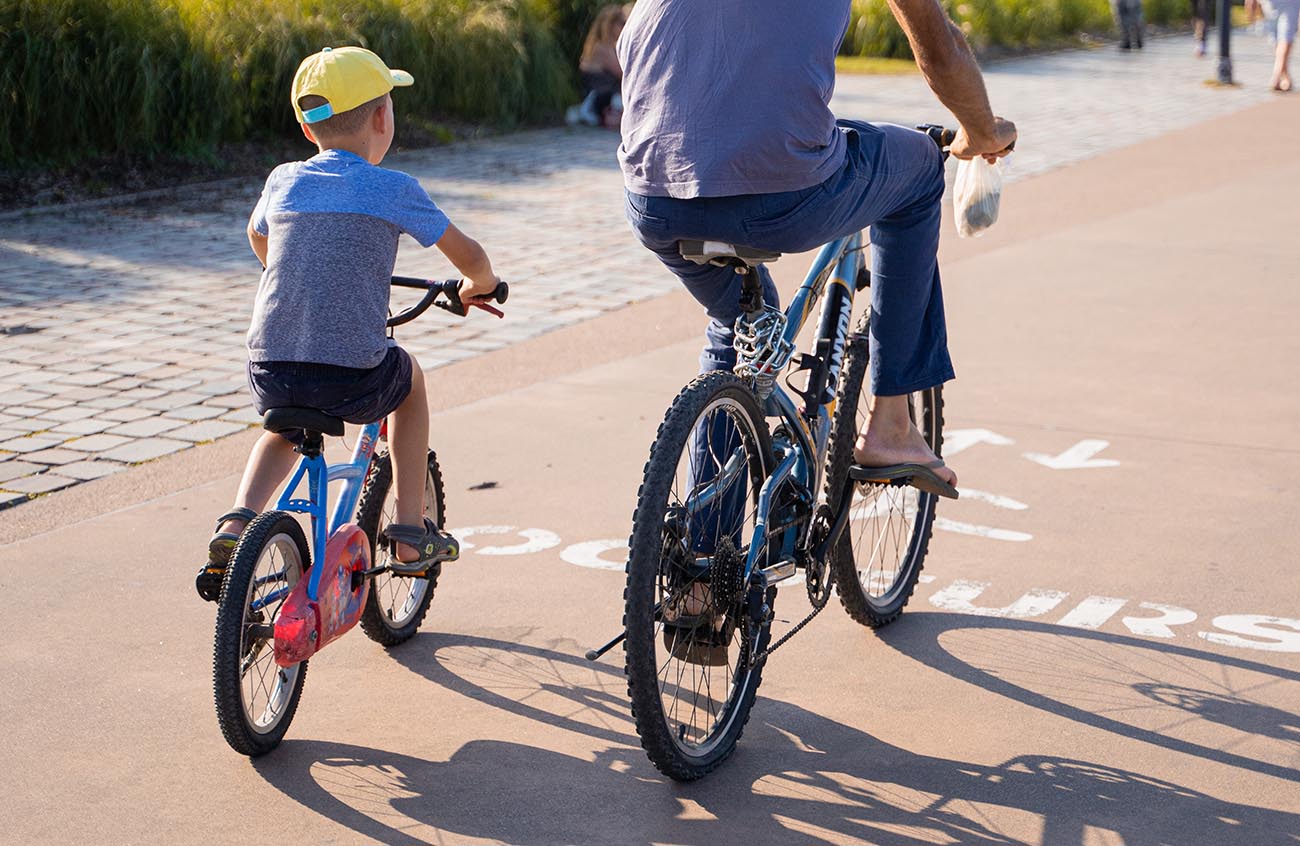What is LEGO Therapy and How Can It Help Your Child?
7 min read
Last Modified 22 May 2025 First Added 22 May 2025

Learning through play like LEGO therapy can be a powerful tool to help children develop social skills, problem-solving, and creativity. You’ve probably heard of LEGO Therapy, but what exactly is it? Here we will explore new ways to approach the LEGO therapy theory and the benefits it brings.

What is LEGO Therapy?
LEGO Therapy is a social development program that uses LEGO activities to support the growth and development of various social skills. LEGO Therapy was developed in 2004 by Daniel LeGoff – a paediatric neuropsychologist from the United States who worked in depth with children with Autism. Inspired by two autistic patients – LeGoff observed them as they began playing with LEGO in his waiting room. Both patients began to display positive social interactions that had not been observed previously. LEGO Therapy has come a long way since its initial development and has proved beneficial to children with communication, educational, and social needs, as well as those with autism. A study in the Journal of Autism and Developmental Disorders found that LEGO therapy improved the social and communication skills of children with ASD by a massive 70%.
LEGO Therapy has been adopted across various settings, particularly in the classroom. Students and teachers have observed that dedicating time to team-building activities and creative expression can increase productivity and concentration in the classroom.

What happens during a LEGO Therapy session?
Lego Therapy interventions are beneficial for children and young adults who experience difficulties with social interaction. To qualify for a LEGO Therapy session with a licensed psychologist, a child or young person will need to demonstrate basic fine motor and language skills. These sessions can support children who experience difficulties with communication, social skills, expressing their feelings, and the ability to stick to tasks.
A professional psychologist will be able to provide 1-1 support for your child and allow them to unpack their feelings and discuss ways to better manage their struggles. LEGO Therapy has been proven to help improve fine motor skills, social skills and communicate effectively with peers, and to work as part of a team. They typically last between 1-2 hours and are hosted in schools or other everyday settings such as youth groups.
Children will be placed in small groups and assigned a task each to establish a clear role for each child.
The Engineer: Uses the plans to describe a specific construction and identifies the bricks needed to build it
Supplier: Finds the bricks described by the Engineer and hands them to the Builder
Builder: Uses the verbal instructions provided by the Engineer to assemble the construction.
Providing each child with a clear role in the building process helps them to understand and gain communication skills and encourages children to work as a team whilst understanding the importance of task delegation and how this makes it easier to better manage their tasks.
What are the benefits of LEGO Therapy?
Bringing structured activity to social interactions.
Social interaction can often be unpredictable and overwhelming for a lot of people – particularly those with autism. LEGO Therapy provides a framework for these interactions that can often cause anxiety and enables children to feel in control of their emotions, unwind, and enjoy some fun activities with their peers while developing their confidence.
Development of key social skills such as turn-taking, problem-solving, and cooperation.
These abilities tend to be difficult for children and young adults with ASD. Providing them with independent tasks and switching them out in different sessions allows them to gain confidence in taking turns and communicating with others for a fun and successful outcome.
Improvements in spoken language.
Linking back to the previous two points, communication can be difficult so putting these children into social settings that are comfortable for them and allowing them to communicate effectively at a pace that is comfortable for them aids them in developing their spoken language, making it easier for them to communicate and confidently start conversations and build friendships with others in their groups.
Who is LEGO Therapy for?
LEGO Therapy has been developed to aid children with ASD (Autism Spectrum Disorder) and focuses on assisting the specific issues ASD can cause. It has been proven to improve the social and communication skills of those who struggle with ASD and encourage them to socialise outside of their usual settings. Whilst it was initially developed for those with ASD, it does not have to be standardised to support just those children. LEGO Therapy can also provide support to neurotypical children, such as those with ADHD or learning difficulties. The benefits can include confidence building, strengthening mechanical skills, and socializing outside of school settings.
How to do LEGO Therapy at Home
Now that we have gone into depth on how LEGO Therapy can benefit your child, it’s simple to incorporate it into everyday life. An easy way to do this is to schedule some time to sit down as a family with your child’s favourite LEGO set and take on a task each as you would in a LEGO Therapy session. Encourage your little ones to be independent in their building and be creative. Encouraging these behaviours at home where children are most comfortable helps them to identify new ways to build in their own time and boost their confidence in taking new ideas to their sessions. They may get excited over a new set they’ve built and confidently discuss this with their peers at school or other settings.
Another way to bring LEGO Therapy home is to set some time aside before bed for your little ones to create something new from their collection. Using multiple sets and combining them encourages creativity and allows them to use their imagination outside of a single set.
Can adults benefit from LEGO Therapy?
In short, yes! LEGO Therapy can be beneficial to all, including adults. LEGO isn’t just a children’s toy and there is plenty of variety for the grown-up LEGO lover in your life. LEGO is a versatile building tool that can significantly benefit the mental health and well-being of adults. Encouraging relaxation in day-to-day life boosts energy levels and morale.
Setting aside some time to sit and build something new to display allows people to wind down and take a break from the stress of everyday life, whether that’s taking a break from work, or just having half an hour to yourself, it makes for the perfect pastime and getting a break from the screen. Click here to explore a range of dreamy LEGO sets that will suit all interests.
Best LEGO sets for therapeutic play.
If you want to give LEGO Therapy a whirl, but you are not sure where to begin… look no further! We offer a wide variety of high-quality LEGO sets that are suitable for beginners or the more advanced. Our LEGO Classic Range offers sets for little ones as young as 4 to start their LEGO collection and develop their creativity and confidence. Whether you’re after some Monkey Fun with the LEGO Classic Creative Monkey Fun 11031, or a Space-Themed Adventure with the LEGO Classic Creative Space Planets Set 11037 – there is something to suit your little one’s favourite things!
For the more advanced, why not try out the LEGO Creator Sets? From the super-cool LEGO Creator 3-in-1 Red Dragon Buildable Figure 31145 to a LEGO Creator 3-in-1 Retro Roller Skate Set 31148 – kids and adults alike will experience hours of therapeutic fun with these fun LEGO sets.
Click here to find more LEGO Classic sets.
Click here to find more LEGO Creator sets.
Read our disclaimers.